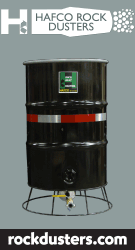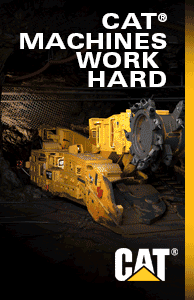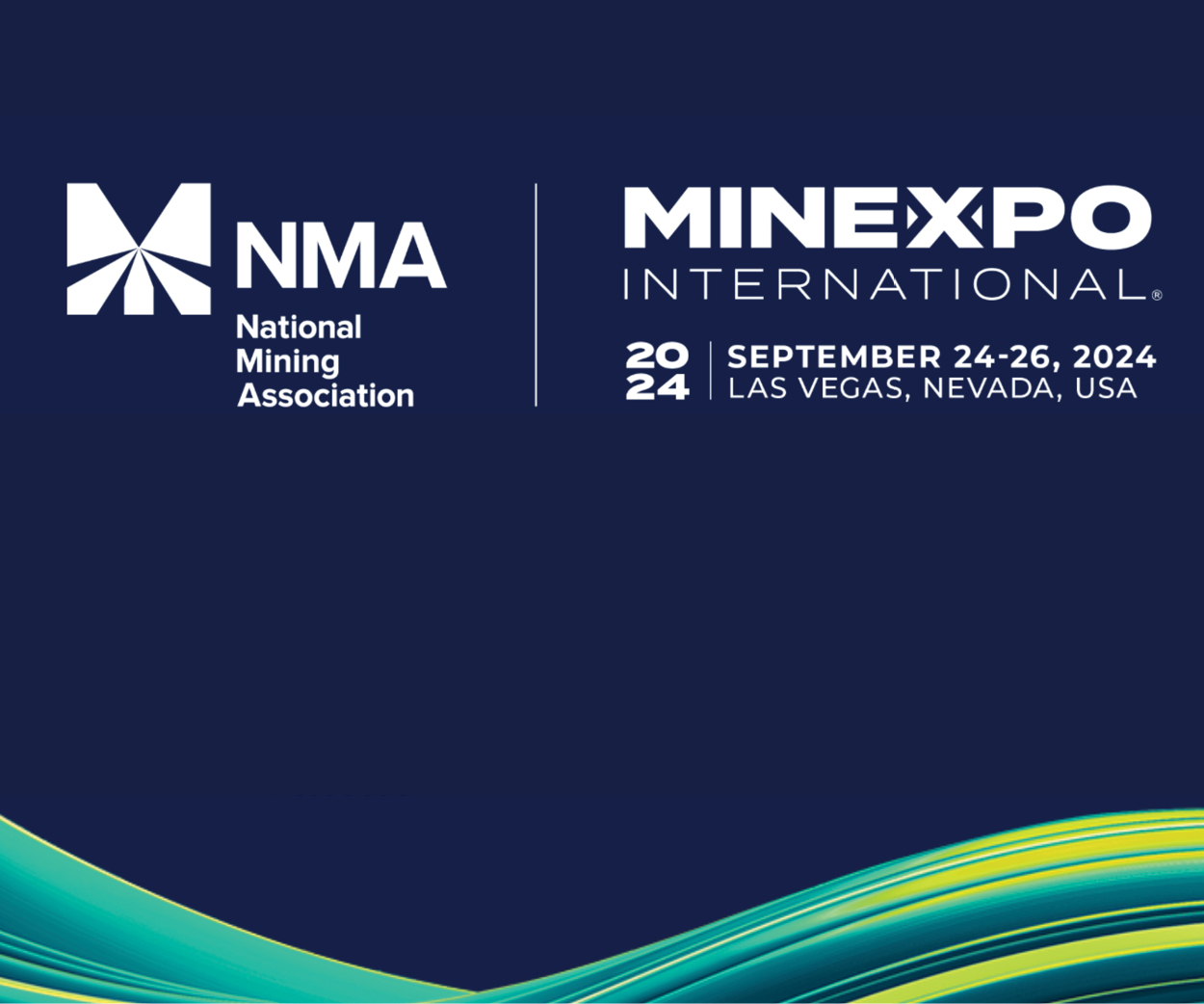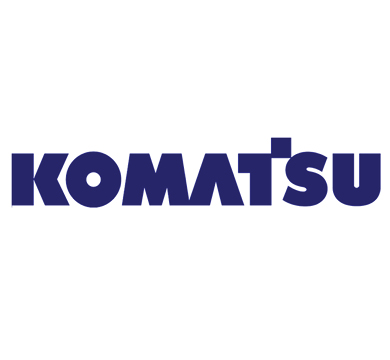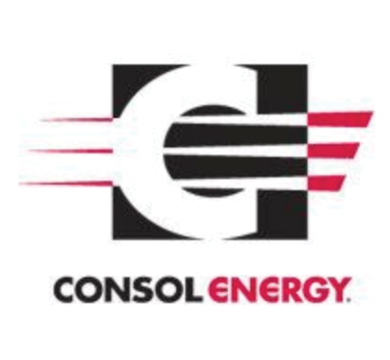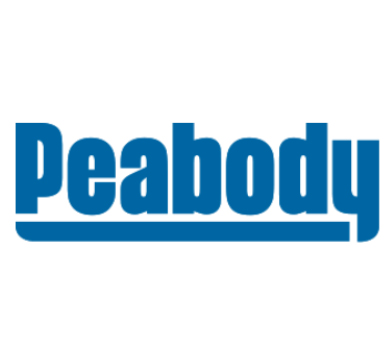Talon Metals Getting Ready to Pitch Its Underground Nickel Mine to Minnesota State Regulators
Just north of the tiny town of Tamarack in Minnesota’s Aitkin County, Talon Metals Corp. is getting ready to pitch its underground nickel mine to state regulators.
Next year, the company expects to begin the scoping process with the Minnesota Department of Natural Resources, the first step in the project’s environmental review and permitting process. Scoping helps the DNR determine what to study, what information it needs from the company and what alternatives exist before it assembles an environmental impact statement for the project.
“It’ll be next year when we’ll start that process,” Todd Malan, Talon’s chief external affairs officer of climate, said in an interview.
Talon, a Canadian junior mining company registered to a post office box in the British Virgin Islands, has been telling the public and investors it could be operational by 2026.
But there are no guarantees. The Twin Metals copper-nickel mine has been in scoping for nearly two years. It took PolyMet, another proposed copper-nickel mine, nearly five years to go from scoping to a draft environmental impact statement. In total, PolyMet was in the permitting process for 14 years before earning all its permits. And three years after that, several permits remain tied up in litigation.
Tentative plans include an underground mine with 450 employees reaching depths of around 1,700 feet, with a series of switchbacks from the surface for vehicles or conveyors to reach the bottom below the ore body. The nickel, copper and other metals would then be processed and some of the waste rock, or tailings, would be mixed with concrete and pumped back into the mined-out areas while the rest would be dry-stacked above ground.
The company is also planning to capture carbon from the atmosphere and then pump it into the tailings that are returning underground for permanent storage.
The tailings are particularly worrisome for environmentalists, who fear the potential for acid formed when sulfides meet oxygen to leach into the environment. The mine would sit within the Mississippi River watershed.
Just how much the project will cost is not yet known, but outside financing from investors or partners will be needed, Malan said.
The company wants to capitalize on the growing electric vehicle market and establish a domestic supply chain to produce nickel-heavy batteries for EVs.
Asked if Talon has any battery customers lined up yet, Malan said: “Being the only high-grade deposit in the U.S., you can imagine we get a lot of phone calls.”
A RICH DEPOSIT
The Midcontinent Rift’s Tamarack Intrusive Complex is not in an area many would expect to find a mine. It’s well outside the Duluth Complex, which is adjacent to the Iron Range and home to proposed copper-nickel mines like Twin Metals and Polymet.
It was detected by a Minnesota Geologic Survey plane looking for anomalies through a geophysical magnetic survey in the 1970s. That was followed up by some exploration drilling and the results were published in 1986. It drew the attention of Kennecott, the exploration arm of global mining giant Rio Tinto.
By 2000, Kennecott had state mineral leases and began exploring. In 2008, the company was ready to call it quits. But on what company officials said was supposed to be the last drill, they found a significant amount of nickel a few miles north of Tamarack.
But the recession killed metal prices and exploration there slowed. By 2014, Talon started to buy into the project. It became Kennecott’s designated operator for the exploration, and in 2019, entered into an agreement to acquire up to a 60 percent interest in the Tamarack project. In September 2021, Talon reached a 51 percent interest in the project.
That 2008 core sample was found deep below the surface, but almost directly under Joni Torgerson’s kitchen sink on land her father had long owned and gifted to his children.
Today, Torgerson’s first home and the land surrounding it is owned by Kennecott. Three exploration crews operate drills 24/7 nearby and use the house as a workspace. It sits above the planned mine site and the mine entrance, or “portal,” could be sited where the driveway is today.
Torgerson is now Talon’s senior environmental scientist, and often returns to the house she and her ex-husband built when she’s collecting baseline water quality data and conducting other environmental work.
“It’s gratifying to play a part in the transition to electric vehicles while still working in my old backyard. Tamarack is my hometown and I take my responsibility to protect our land and water very seriously,” Torgerson said.
But others aren’t so sure a mine should exist in such a water-rich environment.
ENVIRONMENTAL CONCERNS
Paula Maccabee, advocacy director and counsel for WaterLegacy, said the same characteristics that make the ore rich in nickel and copper also mean significantly higher sulphide levels and the potential for pollution.
“And so what this means is that any waste, whether it’s tailings or waste rock, this is going to be highly reactive stuff,” Maccabee said.
Malan maintains Talon will meet or exceed state standards for controlling pollution.
“Minnesota has a rigorous environmental review and regulatory permitting process, and we’re confident that we have the ample rigorous information, scientific information, to be able to earn the permit and answer the questions that the regulators would have and that the community will have about how we would operate and perform,” Malan said.
Jean Skinaway-Lawrence, chairwoman of the Sandy Lake Band of Mississippi Chippewa, a historic tribe that is trying to restore its federal status (administratively, the band is under the Mille Lacs Band of Ojibwe), said she’s concerned by potential pollution. Though it’s too early for her to take an official stance on the mine, she said she’s worried about potential sulfate pollution damaging nearby manoomin (wild rice).
And before water from the mine area reaches the Mississippi, it passes through a number of other water bodies, including Big Sandy Lake — the site of the Sandy Lake Tragedy of 1850, where at least 400 Anishinaabe people died.
Lake Superior Chippewa would travel to Madeline Island for annuity payments promised to them in treaties, but in an effort to force Native Americans west, U.S. President Zachary Taylor changed the annuity payment location to Sandy Lake. Taylor hoped they would be trapped with no supplies in the harsh winter and resettle there instead of going back home.
More than 150 people died at the lake and at least 250 died on the trip home.
“We had what was called a ‘trail of tears’ that came through there … we don’t know what’s there. There could be graves there — the lost ones could be there. And I did inform (Talon) that that’s something that we need to protect and we need to treat them with the utmost respect and dignity. … That’s sacred land and I conveyed that to them,” Skinaway-Lawrence said.
“They (Talon) were very receptive to that. And they were concerned about that also,” she said.
Meetings and engagement between the Sandy Lake Band and other bands have been ongoing, company officials said.
In the more than two decades that Talon and Kennecott have been active in the area, the Tamarack-area community has gradually warmed up to the idea of a mine in their backyard.
But it hasn’t always been that way. In 2006, the Aitkin County Planning Commission refused Kennecott permission to explore for minerals on private property around Tamarack at a meeting packed with residents concerned over possible pollution, the News Tribune reported at the time.
“I think early on there was quite a bit of concern about what was going on,” said Brian Napstad, an Aitkin County commissioner representing the area in and around Tamarack and the potential mine site.
He said he supports the project and has seen less opposition among his constituents after Talon initiated an “open-door policy” where they give tours and provide meetings to anyone curious about the project.
Still, concerns remain among cabin owners on nearby lakes who fear pollution to the water and plummeting property value if that occurs.
CAN A BOOM AND BUST BE PREVENTED?
Tamarack is tiny. With a population of just 66 people as of the 2020 Census, it’s down from 94 people a decade ago, Tamarack Mayor J. John Cyrus said.
If Talon opens its mine, Cyrus wants Tamarack to be ready for the influx of workers.
The city is in the early stages of hiring a company to complete a comprehensive plan for the future, which Cyrus said the city would undertake even if Talon wasn’t in the mix. It is planning for things like an RV campground and convenience store (the closest fuel pump is 10 miles away in McGregor), but it’s also considering possibilities like a hotel and mobile home park that could help house mine workers.
Tamarack and Aitkin County are also trying to plan for stability after the mine closes and the 450 or so workers leave. They don’t want it to go through a boom-and-bust cycle.
“We’ve thought about that, that we’d build up and there’d be nothing here and buildings would be empty. It’s a concern we looked at,” Cyrus said.
But Cyrus said he and everyone on the City Council support the project and “wholeheartedly feel confident that they would watch so this pollution problem wouldn’t happen” so they’re planning on the project coming to fruition.
“Clearly we’re all waiting to hear what their mine plans are, but we’re not sitting here just waiting for that. We’re doing early planning,” said Napstad, the area’s county commissioner.
At the county level, they’re partnering with economic development organizations and figuring out what the housing needs would be if the mine is established. They’re also hoping to anticipate effects on the area schools and everything else during and after the mine’s life.
But not everyone will live in the immediate area and it’s realistic some may commute from cities an hour away, like Grand Rapids and Duluth, Napstad said.
That could help lessen the blow to the area once the mine closes, but it may also be necessary to reach the mine’s workforce.
WORKFORCE NEEDED
Finding 450 qualified workers in the immediate area, or even throughout the county, won’t be possible.
“We don’t have the workforce in hand currently,” Napstad said.
“Now, we have a percentage of it. I would imagine that would result in people changing careers — going from one career path to the mining career path. That would certainly happen, but we would necessarily need additional individuals from outside of the Tamarack and Clark Township area. … Most of our population in Aitkin County are retirees, so we’re not looking at a ready-to-go workforce,” Napstad added.
It’s a concern for the company, too.
Malan said that’s part of the reason the company in July announced a partnership with the United Steelworkers union to help it find and train employees. The Steelworkers already represent mine employees at five of the six operating iron mines and pellet plants in Minnesota.
“It’s not a neutrality agreement … we’re actually counting on the union to help us find the right people for the right jobs at the right time,” Malan said.
Malan said the company is also in negotiations for a project labor agreement with the Minnesota Building and Construction Trades union to construct the mine.
If the company can secure its permits and financing, that could come as soon as 2026.
Source: Grand Forks Herald
About Talon Metals
Talon is a TSX-listed base metals company in a joint venture with Rio Tinto on the high-grade Tamarack Nickel-Copper-Cobalt Project located in Minnesota, USA, comprised of the Tamarack North Project and the Tamarack South Project.
To stop by Talon’s website, CLICK HERE
Be in-the-know when you’re on-the-go!
FREE eNews delivery service to your email twice-weekly. With a focus on lead-driven news, our news service will help you develop new business contacts on an on-going basis.
CLICK HERE to register your email address.








